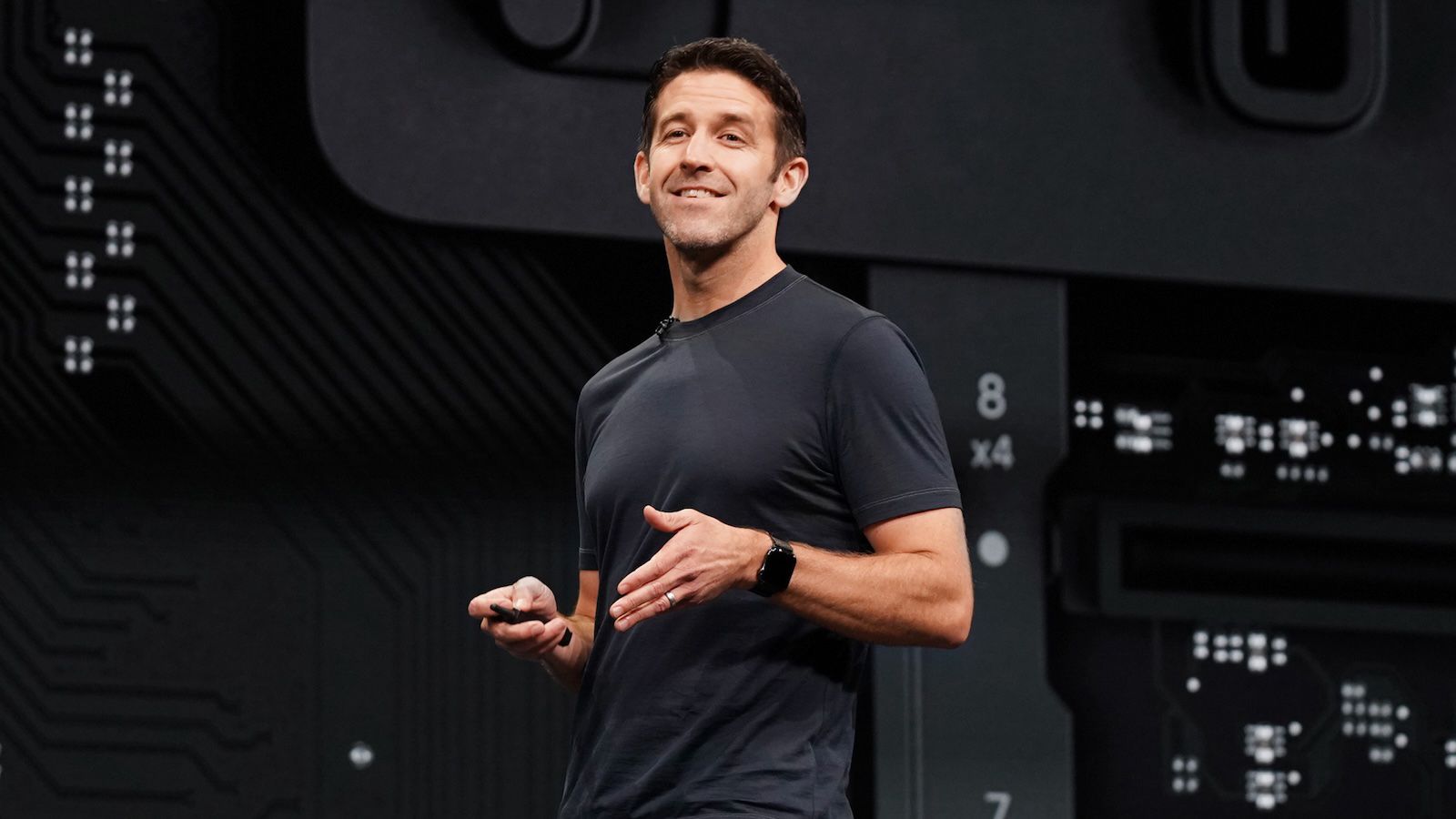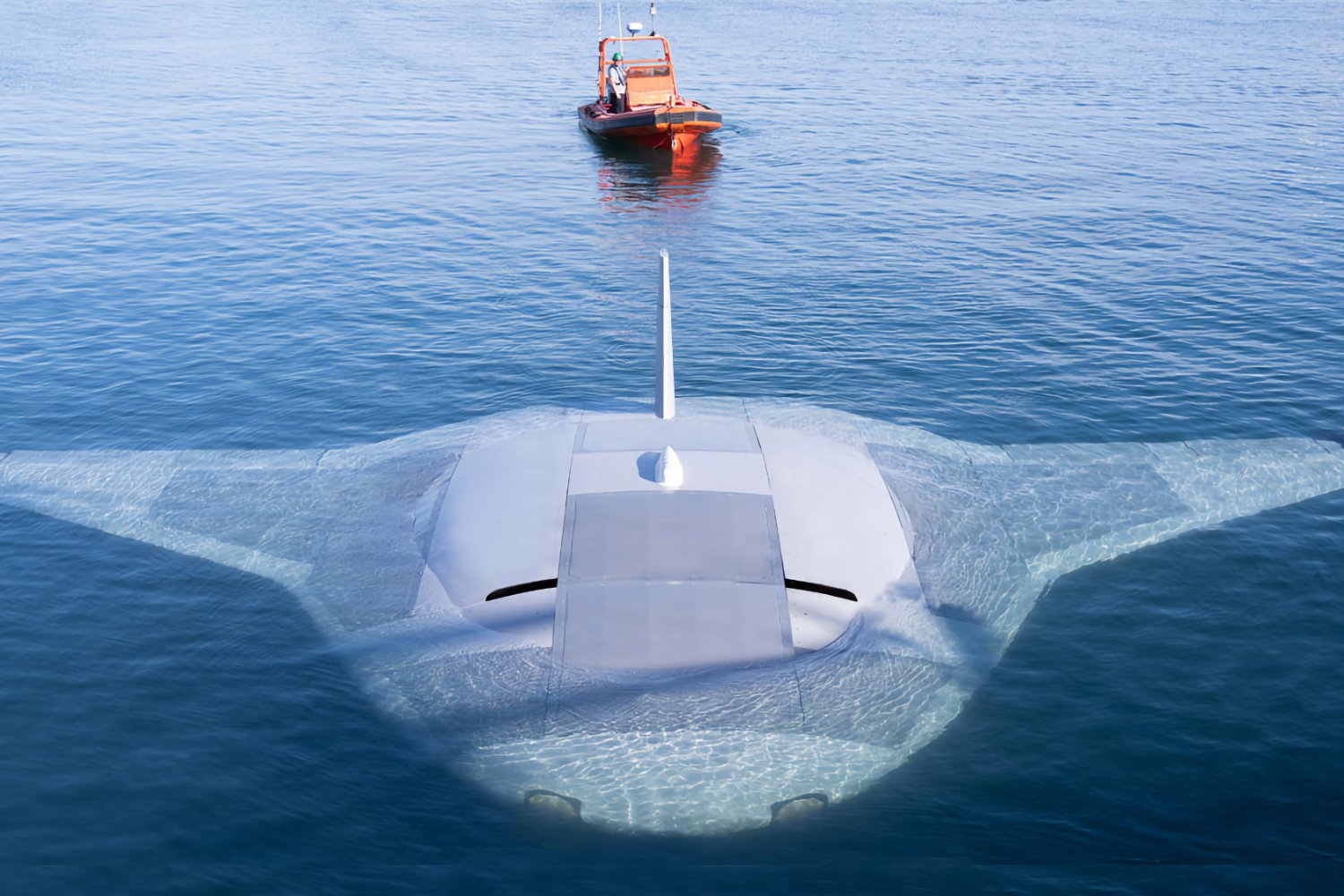Amazon intends to get on the car of the augmented reality glasses with a two -step strategy: a model for consumers and another specifically designed for their distributors. And according to sources close to the company, its intention would be to manufacture 100,000 units of the professional model to launch it in 2026, while the commercial version would arrive between the late 2026 and early 2027.
The fashion device. As The Information medium points out, Amazon would have decided to enter the market of augmented reality with two differentiated products but with the same base technology. Consumer glasses, with a “Jayhawk” key name, would include microphone, speakers, camera and a full color screen in one eye. For its part, the model for distributors, internally called “Amelia”, will have a more robust design and will be focused on showing instructions on where to deliver the packages directly on the glasses screen.
There is competition. The play would place Amazon in direct competition with goal, which next week will present at its Connect conference a new version of its increased reality glasses. Goal already markets smart Ray-Ban from 329 euros, which include its AI, audio and camera assistant, but without screen. The new Meta S glasses, with a “Hypernova” code name, would also have a screen in a single eye, according to sources in the sector. Meanwhile, Chinese companies such as Xreal, Rokid and Rayneo already sell glasses to the public, and Google also works for similar prototypes, which we could try during the past Google I/O.
Between the lines. Amazon’s decision to first develop a specific model for its workers reveals a strategy that would first go to use its own logistics infrastructure as a test bank before an alleged commercial launch. This would allow you to improve technology in a controlled environment and demonstrate specific use cases. In addition, according to information, Amazon would be using screens technology from the Chinese company Meta-Bounds, which already use brands like Meizu on their AR devices.
The technical challenges. Unlike virtual reality glasses, which completely block the vision of the real world, they argue digital information about the user’s physical environment. Amazon would have opted for a screen in a single eye to reduce costs and complexity, although this makes the experience less immersive than double screen models. The consumer version will be more stylized and less voluminous than the professional model but, as the medium points out, both would share the base technology.
And now what. The success of this great bet will be decided by acceptance among its distributors, the battery life, the accuracy of the instructions and their software and, above all, if Amazon manages to create a user experience superior to that of the competition. The good thing is that the company has the perfect testing field to prove the technology before a massive deployment to the commercial public.
Cover image | Eva Rodríguez de Luis
In WorldOfSoftware | One more year, we have new iPhone. And one more year, Apple is far in generative for mobiles












